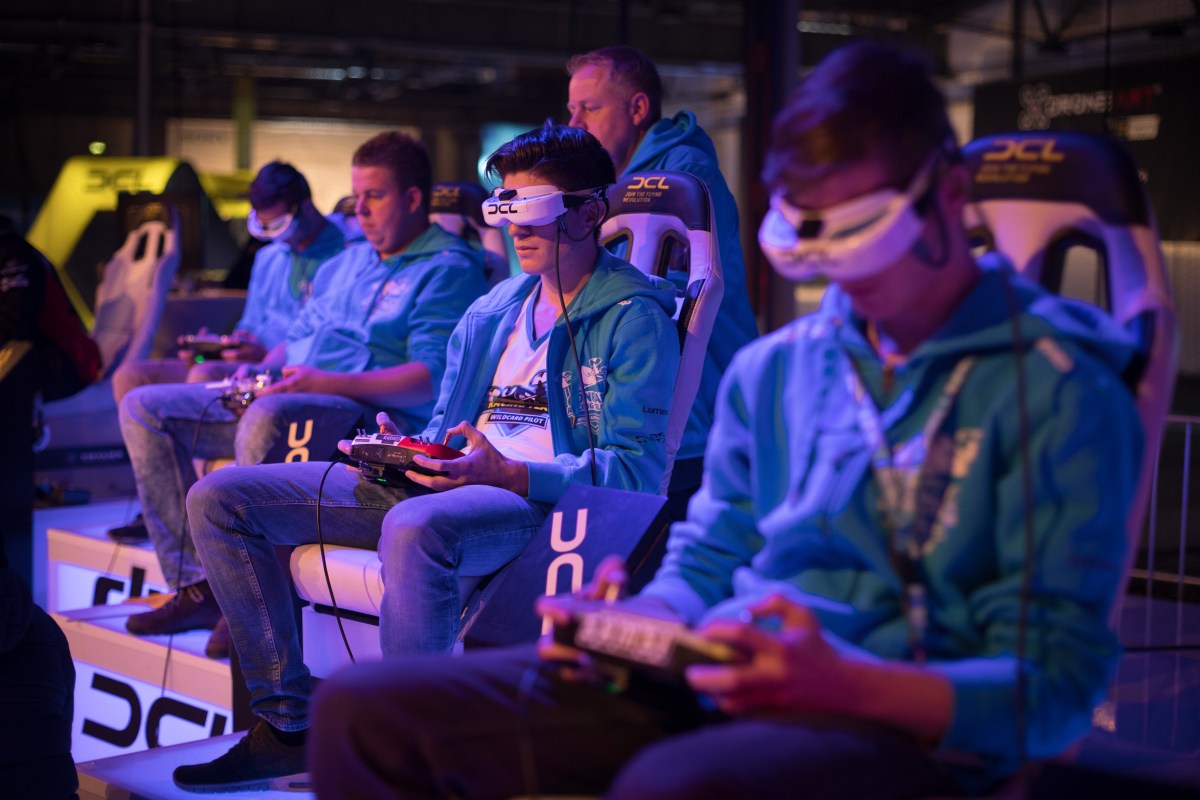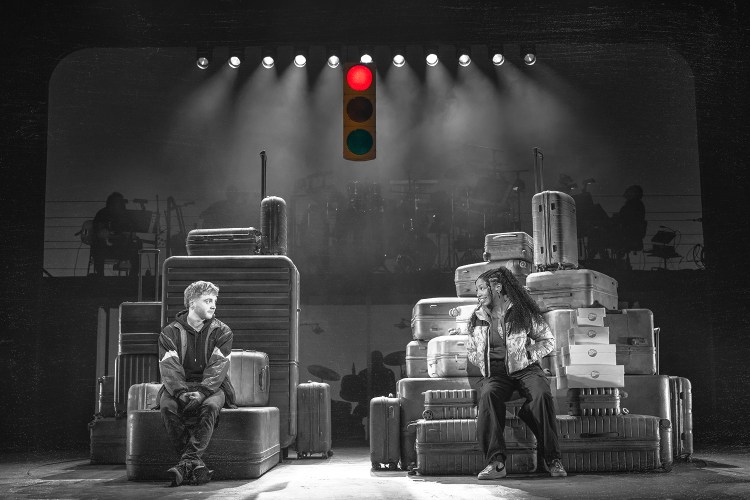To watch drone races from the point of view of the micro quadrotor machines as they whip around warehouses, banking impossibly hard and overtaking each other through neon-lit obstacles is a disorienting, exhilarating experience and something straight out of an 80’s-flavored sci-fi fever dream.
But the U.S. special operations community is hoping the skills and technology used in one of the world’s newest sports can also translate into an American advantage on the battlefield — so much that U.S. Special Operations Command (SOCOM) has reached out to private drone racers and operators to pick their brains.
“The worlds of Special Operations Forces and drone racing intersect when developers integrate technologies like virtual reality, imaging and global positioning components onto small, low-cost, high-speed drones,” Lt. Phillip Chitty, a public officer for SOCOM told RealClearLife. “Current and future SOF requirements can drive innovative future technological development.”
One of the groups right at that intersection is a Tampa, Florida-based organization called SOFWERX, a collaboration between SOCOM and the technology-focused non-profit Doolittle Institute that is designed to be a “public facing intermediary” between the military, industry and academia. (The set-up recalls other public organizations set up by usually secretive organizations to harness private sector development, like the CIA’s In-Q-Tel investment firm.)
Last November SOFWERX hosted ThunderDrone, the first in a series of what it called “Rapid Prototyping Events” designed to explore with non-military collaborators how the explosion of unmanned systems — on sea, land and air — could be used in the conflicts of the near-future.
When it comes to drone racing, in particular, Chitty told Unmanned Systems Magazine that the piloting secrets and tech used in the sport, including virtual reality (VR) headsets for the pilots, might be applied to reconnaissance and surveillance operations in the field. Or the small drones could be used to take on other unmanned aerial systems. Or any number of things yet dreamed up.
“These drones can potentially perform advanced functions at higher speeds with greater maneuverability, and do it at a fraction of the cost that would have been required only a few years ago,” he said.
Chitty declined to get into operational details with RealClearLife, but after seeing the below video (from more than seven years ago!) of a drone automatically mapping a building, it’s not difficult to see how the tiny unmanned systems could be used, for instance, to scope out a target location before a special operations raid — providing critical real-time intelligence and potentially saving the lives of soldiers as well as civilians who would otherwise be caught in the crossfire.
The military’s mad scientists over at the Defense Advanced Research Projects Agency (DARPA) have been working toward a similar goal, though without the drone pilot, through their Fast Lightweight Autonomy (FLA) program.
“FLA technologies could be especially useful to address a pressing surveillance shortfall: Military teams patrolling dangerous overseas urban environments and rescue teams responding to disasters such as earthquakes or floods currently can use remotely piloted unmanned aerial vehicles (UAVs) to provide a bird’s-eye view of the situation, but to know what’s going on inside an unstable building or a threatening indoor space often requires physical entry, which can put troops or civilian response teams in danger,” DARPA said of its program in 2016.
In January, SOFWERX hosted the second ThunderDrone Rapid Prototyping Event Tech Expo, where 246 participants represented 91 companies “to showcase their capabilities addressing any of the following C-SUAS [Counter Small Unmanned Aerial Systems] kill chain phases: Detect, Locate, Identify, Track, Exploit, Defeat, Access.” Next up, in April, SOFWERX is heading to Fort Bragg, N.C., home to Army special operations, to see how the best tech so far works in the outdoors.
Whoever survives that round will head to the final phase, called “Game of Drones” in Las Vegas in June. From there, it may only be a matter of time until VR headsets become a standard part of the SEAL Team 6 kit.
This article appeared in an InsideHook newsletter. Sign up for free to get more on travel, wellness, style, drinking, and culture.

























